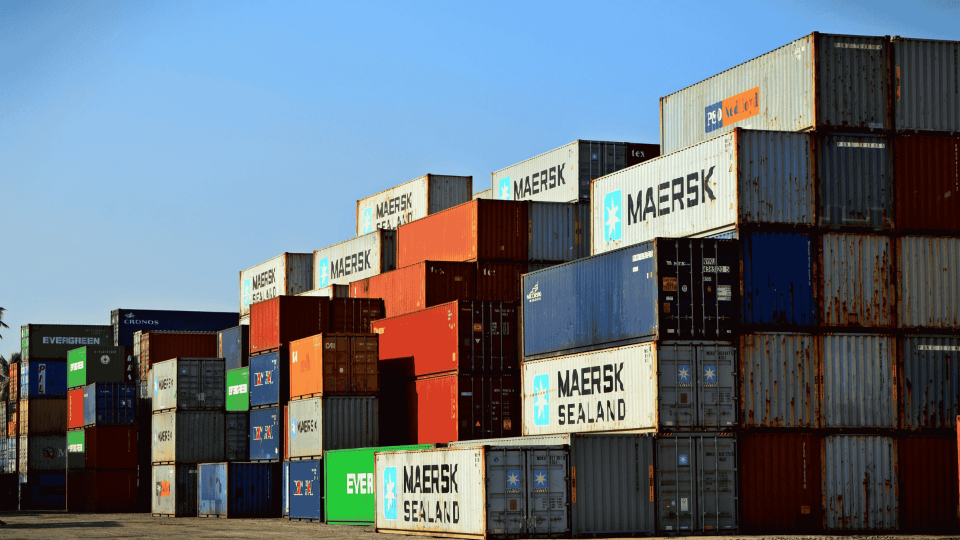China provides 70% of the world’s solar cell and module components, and 80% of the world’s polysilicon. This has led to the production of cheaper solar modules and enabled large-scale solar projects around the world. However, decision makers have become wary of China’s quasi-monopoly over the solar panel manufacturing industry. Covid-19 related supply chain issues, along with Russian aggression towards Ukraine, have rightly sent warning signals around the world regarding supply chain vulnerability. In response, many countries are striving towards PV supply chain localization, but how can this be successfully achieved?
Renewable energy local content requirements
Renewable energy (RE) local content requirements (LCRs) are quotas on the amount of RE generation equipment which must be manufactured locally. Strong LCRs often propel economic self-sufficiency for regions, support the establishment of a domestic manufacturing base for renewable technologies, create ‘green jobs’, and encourage technology transfer into the existing economy. Crucially, LCRs generate local manufacturing hubs which can ease supply chain vulnerability. This is particularly true of the solar PV industry.
Opponents of this system point to the inefficient allocation of resources associated with LCRs. They claim that LCRs incentivise businesses to invest their resources in the wrong sectors, artificially improving the competitiveness of local products while making foreign products less attractive. They argue that these are protectionist measures have a negative impact on free trade by forcing power generators to purchase local inputs, which are usually more costly. For example, if power generators are forced to purchase locally produced solar panels at a higher price than Chinese modules which would be imported at a lower cost in absence of local content measures, this burden will likely pass down to the domestic consumer, resulting in an increase in the cost of RE.
It is difficult to deny that locally produced modules often cost more than those imported from China. However, widespread adoption of LCRs in the solar industry is becoming increasingly inevitable in order to ease supply-chain vulnerability.
Market entry points in the PV equipment manufacturing industry
Upstream activities such as polysilicon and wafer manufacturing are controlled by a handful of companies (such as Tongwei and GCL Technology) and present a challenging market entry point. They are limited to countries and governments with the financial muscle to invest substantially in establishing a local industry. However, localizing upstream activities allows countries to begin to build extensive solar ecosystems.
Midstream manufacturing activities such as solar module assembly have lower entry barriers due to lower CapEx. While involving relatively low technology, solar module assembly still enables technology transfer, and upstream scaling to incorporate other activities such as PV cell manufacturing. This represents the most accessible market entry point for investors in new regions.
Downstream activities like the manufacture of rudimentary inputs (e.g., inverters) involve very low risk and CapEx. However, they offer little by way of technology transfer, and do not spur the growth of a local solar manufacturing eco-system. Power generators can often satisfy low LCRs with locally manufactured rudimentary inputs, but the added value of this to the solar ecosystem is limited.
Experiences of LCRs around the world
South Africa’s experience with solar LCRs highlights the importance of scaling LCRs with your manufacturing capacity. The government recently reduced their LCR for solar modules from 100% to 30% as part of a number of actions designed to curb load shedding and power outages. The 100% LCR for the country’s solar projects could not be matched by their module manufacturing capacity.
An analysis of Indian solar auctions between 2014 and 2017 found that LCRs resulted in approximately 6% per kWh increase in the cost of solar power generated from those projects in comparison to projects which were not subject to the LCR policy. Indian solar panels during this period remained around 14% more expensive than international panels.
Our interviews with solar power generators in the GCC emphasized the importance of maintaining standards in both the price and quality of locally produced equipment. They import modules from tier 1 Chinese manufacturers at very competitive prices. They warned that even if local manufacturing capacity is rolled out, these modules would still need to be competitive on both grounds to be attractive to solar power generators.
Lessons for governments & IPAs
Governments may have no choice but to pursue LCRs on an increasingly widespread scale if they wish to ease solar supply chain vulnerability. So, what should governments and IPAs consider during investment attraction?
- The type of investment you attract matters. Liaise with power generation companies in your region, and make sure you are attracting companies who will manufacture equipment which can compete on price and quality. Do not sacrifice on quality and look instead to how incentives and grants can be used to offset cost differentials.
- Add value to your local solar ecosystem. For most countries, this will start midstream by drawing investment in solar module manufacturing, with the longer-term goal of pushing upstream to incorporate other elements of the supply chain such as solar cell production. The manufacture of rudimentary equipment involves less knowledge and technology transfer and will add little to growing your solar ecosystem.
- Scale your LCR with your manufacturing capacity. The roll out of your solar projects should not be slowed due to a high LCR which does not match the local manufacturing capacity.
The Russian war in Ukraine highlights the perils associated with the monopolisation of a key energy supply chain. And yet, although the global green transition hinges on solar energy, one country controls most of the supply chain. LCRs are a mechanism to localize this supply chain and reduce supply chain vulnerability. However, in order to establish a successful RE supply chain, it must be done responsibly and sustainably by firstly identifying investor requirements and secondly creating the necessary incentives to attract investors to a region.





